In recent years, curious travelers have flocked to abandoned ghost towns, with places like the former mining town of Kolmanskop in Namibia charging just £5 for 60-minute tours. Some travel by boat to Hashima Island in Japan, while others dare to visit Bodie, California, an old gold-mining town said to be protected by a curse.
Photographers have been drawn to abandoned places for generations; even legendary pioneers like Paul Strand and Walker Evans visited the occasional ghost town and found an eerie beauty in derelict buildings. Today, photographing abandoned buildings has never been more popular, as more artists have realized the significance of preserving our cultural heritage through images.
When done safely, visiting an abandoned place or ghost town can be like stepping back in time and into the well-worn footsteps of people long gone. From the famous spots to secret finds, we compiled this collection of breathtaking photos of just some of the most iconic locations around the world, plus a few quick tips for exploring abandoned places in your area.
Tip #1: Be safe. Of course, this is the most important rule—by far. If you take one thing away from this article, make it this one. Start with well-known places that offer tours, and consult experts in the area. Avoid climbing roofs, walking on stairs, or stepping anywhere that might prove unstable. If a place is boarded up or blocked off, it’s off-limits for a good reason.
You can create beautiful exterior photos without even entering a building. If you do go inside, make it a rule to never enter an abandoned building alone, and tell someone where you’re going. Contact the owner of the property or even a security guard on location to ask for permission to enter. You can also do some digging online and find a photographer who’s been to your location before. You might start by browsing a forum like OblivionState or Urban Exploration Resource (UER).
If you find someone with great credentials who lives in the area, you can ask to join them for a tour. For more tips on planning your adventure, check out our essential guide to urban exploration. Abandoned buildings can be dangerous places. Dress in layers, and wear boots and a hard hat if needed. Be responsible; protect yourself, and follow the law.
There’s no better place to start than Kolmanskop, photographed here by Sergey Aleshchenko. Due to the arid conditions in the desert landscape, this town has been remarkably well-preserved since it was abandoned in the 1950s. The town has a complex and difficult history; after diamonds were discovered in the area, German authorities displaced the local tribespeople and forced them to work as laborers at the mines.
At one time, Kolmanskop was home to hospitals, ice factories, ballrooms, casinos, and even a bowling alley. As the diamonds were depleted, residents started to leave in the 1930s. Since then, it has been overtaken by the natural desert dunes, with sand flowing into the long-forgotten houses. Today, it’s a tourist attraction, drawing an estimated 35,000 visitors annually.
Erected in 1898, Beelitz Heilstätten Hospital in Germany has a dark past. It was built as a sanitorium for people suffering from tuberculosis, but during World War I, it also became a military field hospital. In 1916, the hospital treated Adolf Hitler, at the time a young German soldier, for a wounded thigh.
Later, it would serve as a field hospital for Nazis during World War II, before becoming a Soviet military hospital. Some sections of the hospital are still in use for research, but for the most part, it’s been abandoned for over a quarter-century. Today, visitors can even take guided tours through its halls. Experienced urbex photographer Hans-Peter Deutsch visited the site in 2015, remarking, “Warm sunlight coming in from the left, and blue light entering from the shadow side on the right, added a magic feel to the already eerie atmosphere in this abandoned hospital.”
Tip #2: Get out your wide-angle lens. Wider lenses allow you to include more of the scene in a single frame. This approach is ideal for empty spaces with unmissable details, as it creates a sense of drama and immersion, and it can also help if you find yourself in confined spaces. Beware, however, that the wider you go, the more barrel distortion you’ll get; weigh your desire for a wider field of view with your need for perfectly straight lines.
Roman Robroek’s portfolio is rich with hidden gems and undisclosed abandoned places, including this magical picture from an Italian castle. As Roman reports, this 150-room castle was erected between 1909 and 1913. Owned during that time by a wealthy financier, it played host to a courtyard, painted arcades, terracotta decorations, and artworks by the likes of Andrea Giusto and Van Dyck.
In the 1930s, the original owner lost the castle after being convicted of fraudulent bankruptcy. Since then, it’s undergone multiple changes in ownership. For a period in the 1980s, it was used as an illegal drug laboratory before being raided by police. Roman says it’s been abandoned for nearly ten years now. You can read more about this castle and many other extraordinary locations on the photographer’s blog.
Belgium’s Château Miranda was destroyed in October of 2017, roughly two years after Mark O’Neill photographed it. Construction on the neo-gothic castle began in 1866 for the family of Count de Liedekerke-Beaufort; throughout the years, it underwent many evolutions, serving as an orphanage and later a holiday camp. In 1991, it was damaged in an accidental fire, and by the time it was demolished, it had fallen into grave disrepair. Some 5,000 people signed a petition to save Château Miranda, but it was ultimately burned to the ground.
Tip #3: Let there be light. If you’re headed for a spot with plenty of open space on a sunny day, embrace the opportunity to use that gorgeous natural light. Windows and doorways are your greatest ally here. If not, however, chances are you’ll need to bring a light of your own. LEDs work best, but you can bring any kind of lamp, lantern, or flashlight. Depending on your surroundings, you might even add color gels and filters for creative light painting. Experiment with lighting certain parts of the image and leaving others in shadow.
As with any low-light situation, your camera’s manual mode is your best bet. You’ll probably need to use a longer exposure, so a lightweight, compact carbon fiber tripod will also come in handy. You can also ramp up your ISO, but beware of going too high, as it could introduce unwanted noise. Shoot RAW and bracket your exposures for more flexibility, but beware of going overboard with HDR, as it can create an unrealistic effect if you’re not careful.
Eastern State Penitentiary in Philadelphia is a historical site where curious travelers can take tours during daylight hours or after dark. The prison opened in 1829 with an emphasis on discipline. Its heritage is a painful one, as inmates were subjected to cruel punishments, including being dunked in water in the freezing cold or forced to stay in an underground cell without light or human interaction.
In its later years, the penitentiary housed well-known criminals like Willie Sutton, Freda Frost, and Al Capone, who famously was allowed a cell with a radio, art, and furniture. That cell is where Warren Weinstein captured this picture. Since the prison closed in 1971, many have claimed it to be haunted by the souls of the people who once lived or suffered there. Some say they’ve heard echoing voices, and others saw shadows flitting across the walls.
The Orpheum Theater in New Bedford, Massachusetts, famously opened on the same day as the Titanic sank in 1912, under the name Majestic Opera House. It was home to a film and Vaudeville theater, originally built to seat 1,500 people, a ballroom, a gym, and a shooting range, where the French Sharpshooters once trained new recruits. It closed in the late 1950s and has passed through a few owners over the decades before finally falling into the hands of the Orpheum Rising Project Helpers non-profit.
The photographer Frank Grace worked on the board of the Orpheum Rising Project Helpers (O.R.P.H.) for years, gaining incredible access to the Beaux-Arts style building in hopes of preserving it for generations to come. In 2011, he got permission from the owner to explore the spot for hours with friends, during which time he made this picture (and many others).
Tip #4: Include a human element. Aside from keeping you safe and providing help in case of emergency, bringing a friend can serve another purpose, and that’s adding a touch of humanity to an otherwise barren and forgotten place. Including a person in your shot can also make an interior look even bigger in comparison, contrasting the vastness of the empty space with a single soul venturing into the abyss. Don’t be afraid to get creative with your pictures, especially in locations that have been photographed many times over the years.
Built in 1921, Power Plant IM is an abandoned coal-burning power station in Charleroi, Belgium, left behind in the 2000s after it was discovered to have been the source of 10% of the country’s carbon dioxide emissions. Today, it’s guarded by security, and its future is uncertain; as of last year, the door had been sealed and the staircase removed. The French photographer Christophe Naslain captured this memento from the site several years ago.
While not a building, this shipwreck in Homebush Bay, Sydney, regularly makes it onto travelers’ “abandoned places” bucket lists. Weighing in at 1,140 tons, the SS Ayrfield was a transport ship during World War II. By the early 1970s, it had been brought to the bay to be dismantled, along with other ships—but that never happened. Over the decades, it would become a habitat for mangroves and other flora, earning it the title of “floating forest” and making it a top destination for photographers around the world. While many have captured it, fewer have seen it amid heavily foggy conditions, as Arfan Habib did one October day several years ago.
Chateau des Muscles, pictured here by Iris van Wolferen, is a neo-traditional-style castle in Brussels. According to some of the sleuths at OblivionState, parts of the complex date all the way back to the 13th century and served as a vacation home for the elite in its early days. It was converted to a monastery in the 19th century, and the neo-Gothic chapel was built at the turn of the 20th. It was sold in the 1960s to the company that owns it today.
Tip #5: Make several trips. It might take more than one visit to fully explore your location, so try to return as often as possible, mixing up your angles and experimenting with composition. If you can shoot during different times of day and night, you can capture significantly different moods in a single location, from airy and ethereal to moody and mysterious. If you have access during various seasons, even better; you can photograph the site blanketed in snow in winter or find budding flowers in an otherwise barren spot come springtime.
Likely built in the 1970s, Al Madam in the United Arab Emirates is a ghost village that’s gradually been overtaken by the desert, making it a dream location for adventurous photographers like Dany Eid. “Go for early morning light to get the best shadows inside the tiny houses,” he suggests. “Driving through the sand dunes to reach the place is fun, but make sure to deflate your 4×4 tires for a safe trip.”
While the sand dune-filled houses are reminiscent of Kolmanskop in Namibia, this village is in some ways more mysterious, as it’s uncertain why the former residents left. Some theorize that it might have been due to unexplained or supernatural phenomena, while others cite inhospitable sandstorms or gradual modernization as possible reasons for its abandonment. It’s not a major tourist hotspot just yet, but it’s generated buzz among travelers, as many of the houses can still be found open.
Tip #6: Look for signs of nature. Nothing emphasizes the beauty of a neglected building better than regrowth. While photos of abandoned buildings can be dark and moody, finding flowers and greenery serves as a potent reminder of the resilience of life and the power of the natural world. Some of the most famous abandoned spots in the world, including the ruins of Valle dei Mulini (Valley of the Mills) in Sorrento, Italy, are known for their verdant overgrowth.
In Houtouwan, a remote abandoned fishing village in China, houses have been engulfed by vegetation. Once home to some 2,000 residents, the village saw its first departures in the 1990s and has been officially depopulated since 2002. Fewer than a dozen people live there still. Since 2015, it has been a popular destination for travelers and photographers, including Thomas Mueller from Berlin. These days, visitors can pay $8 to hike around the village.
This abandoned asylum, photographed by Gregoire Cachemaille, is located somewhere in Italy. Founded in the late 19th century, it was meant to house 700 patients, though it was extended in the 1930s to hold closer to 1,500. It started to decline in the late 1970s, when reforms reshaped mental health care nationwide, and it closed in the 1990s. Today, experienced urban explorers can recognize it by the crow painted on the wall.
Romain Veillon is a master of documenting abandoned places, and his book Ask the Dust is a must-have for photography lovers and history buffs. He found this abandoned home in Italy while searching for frescoes left behind in old villas before they vanished forever. To find these remarkable locations, he conducted research online, browsed books, and consulted locals and acquaintances.
Romain has revealed that some of the mansions he’s photographed are slated to be demolished, and others will slowly decay and disappear. The fate of this particular home—and the artwork inside it—remains a mystery. He never gives away his locations, for the sake of their own protection.
Want to see more incredible pictures of abandoned places? Check out our guide to urbex photography.
Not on 500px yet? Sign up here to explore more impactful photography.

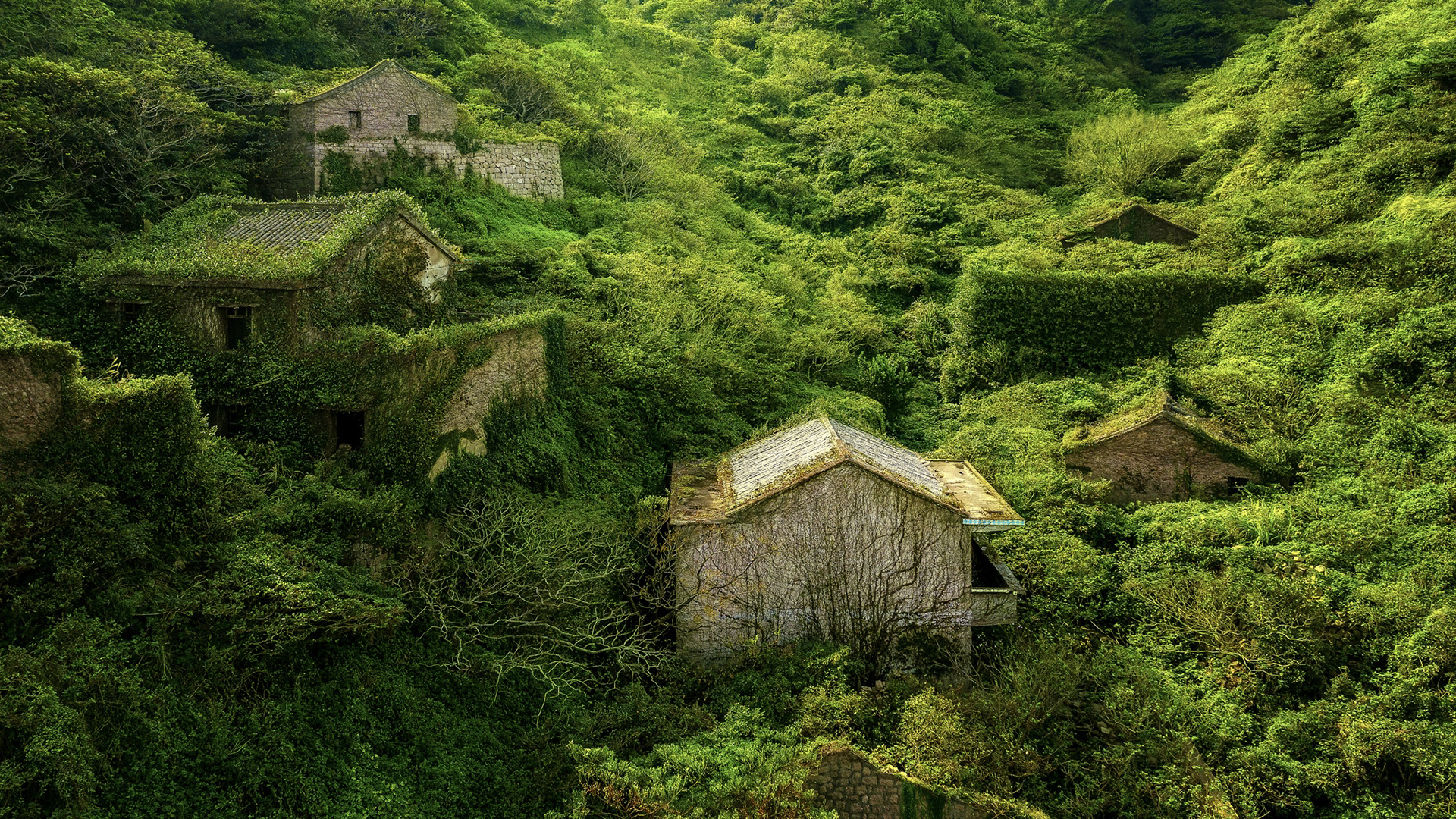

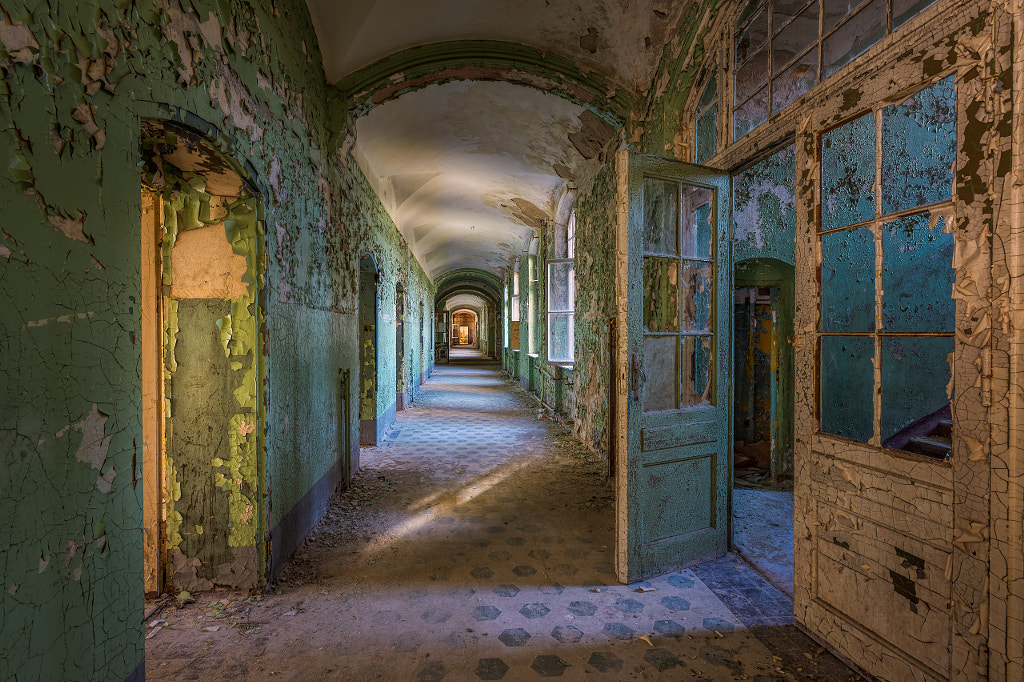
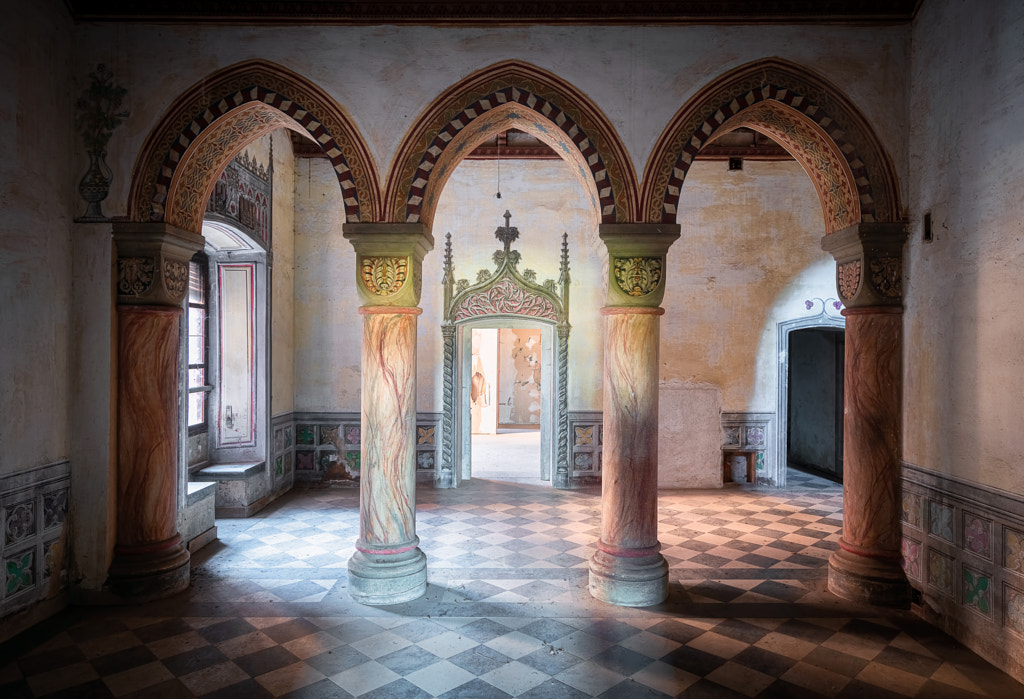
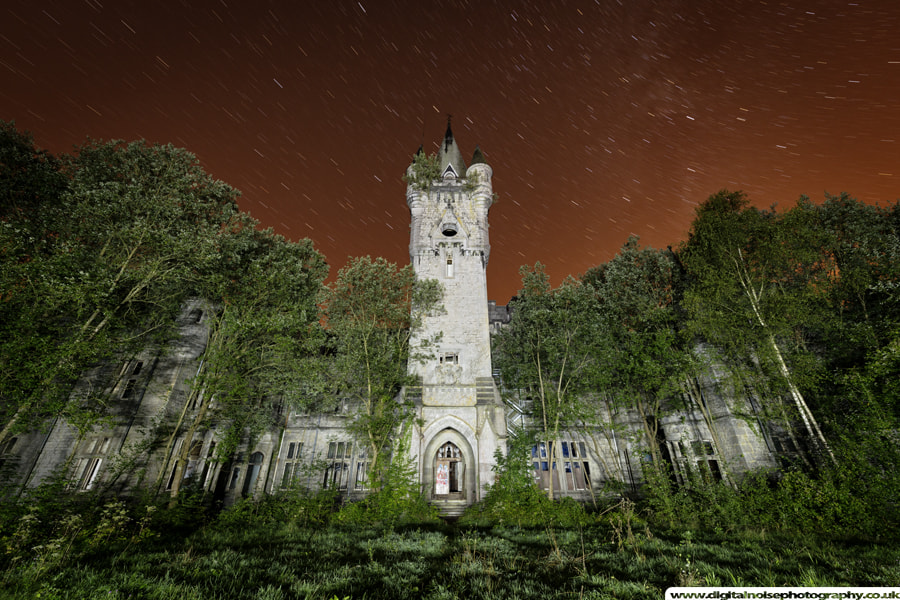
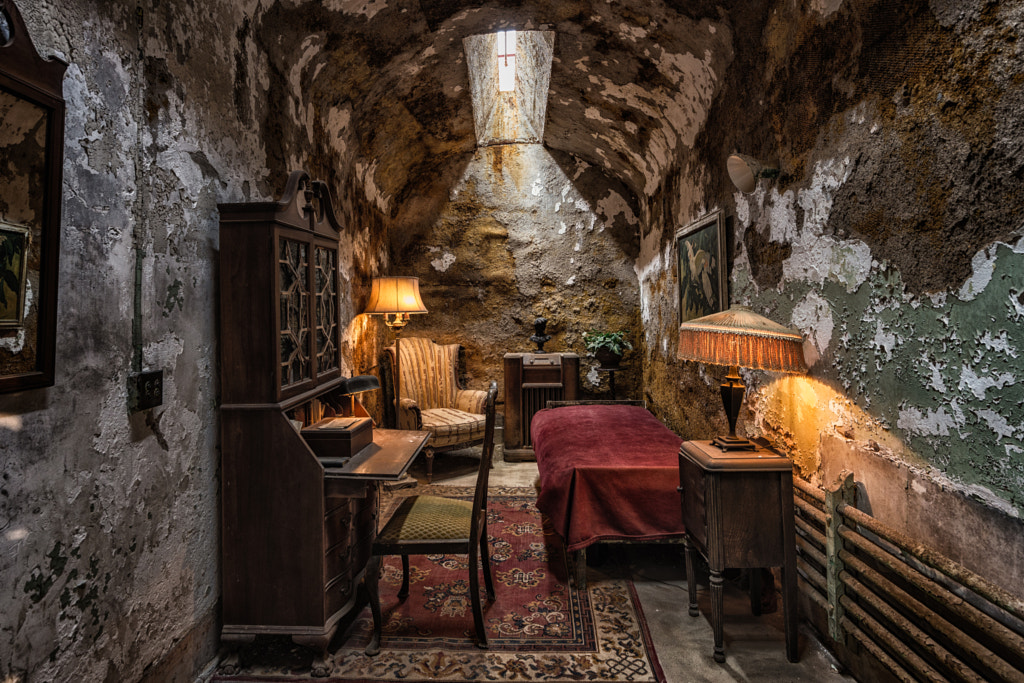
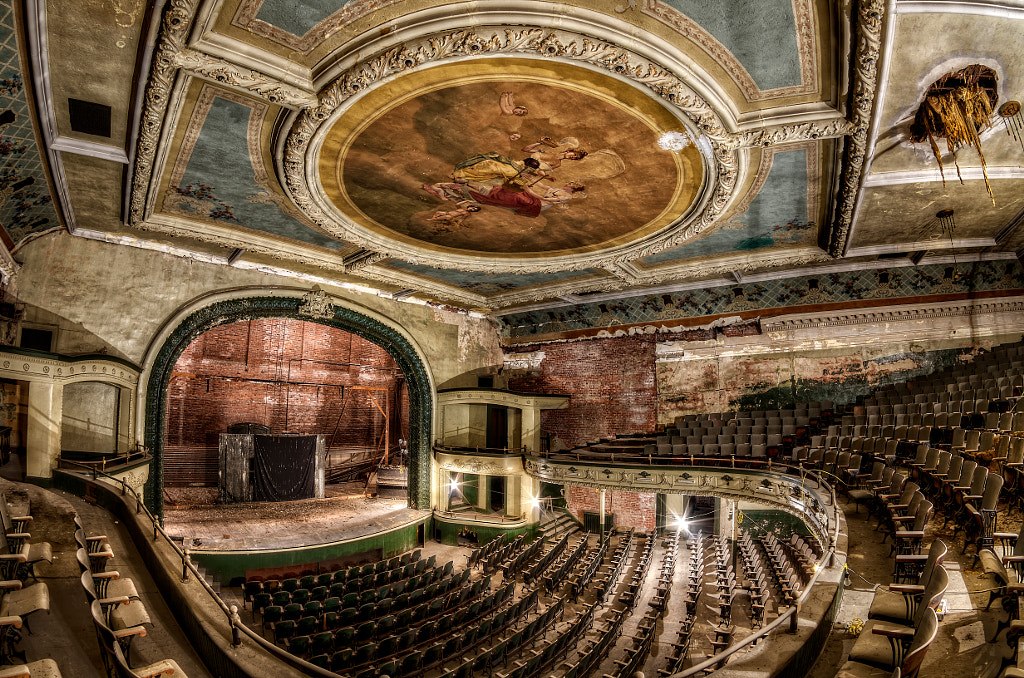

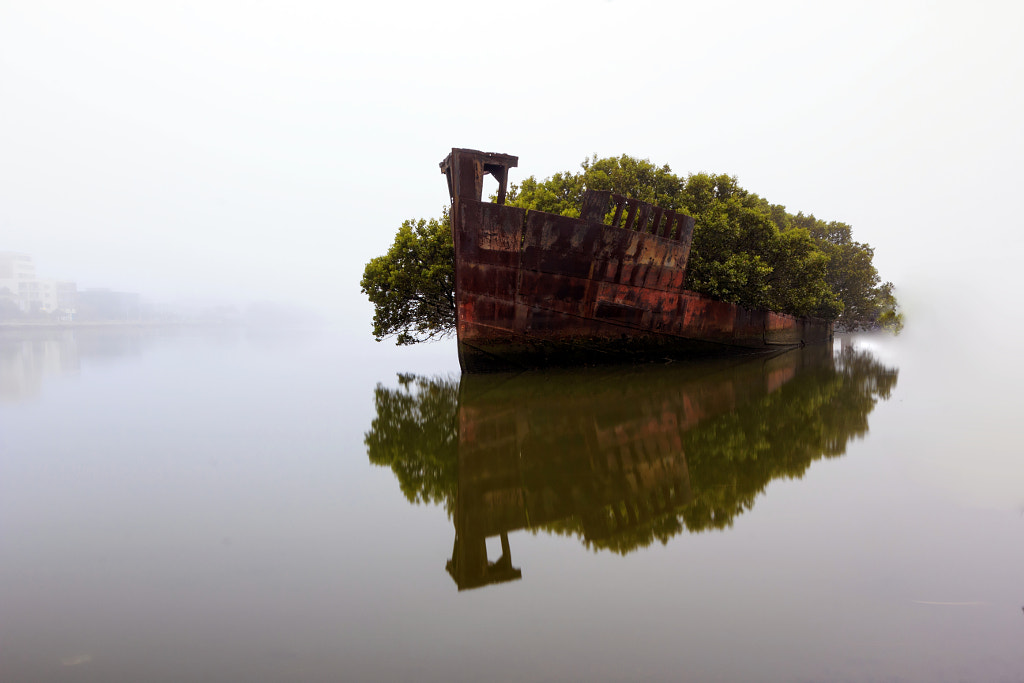
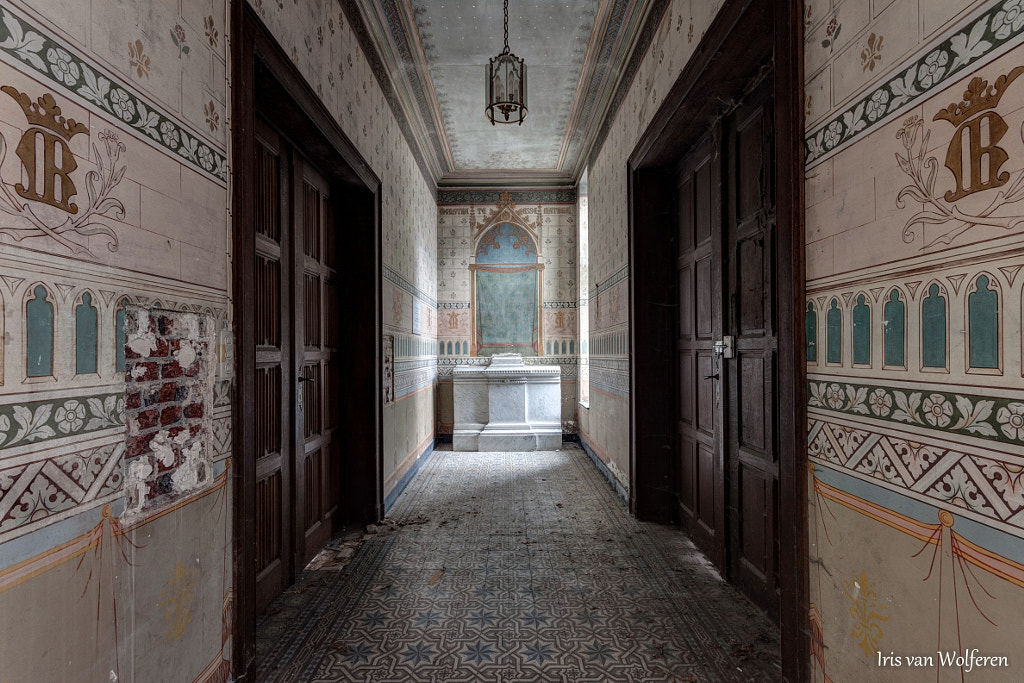
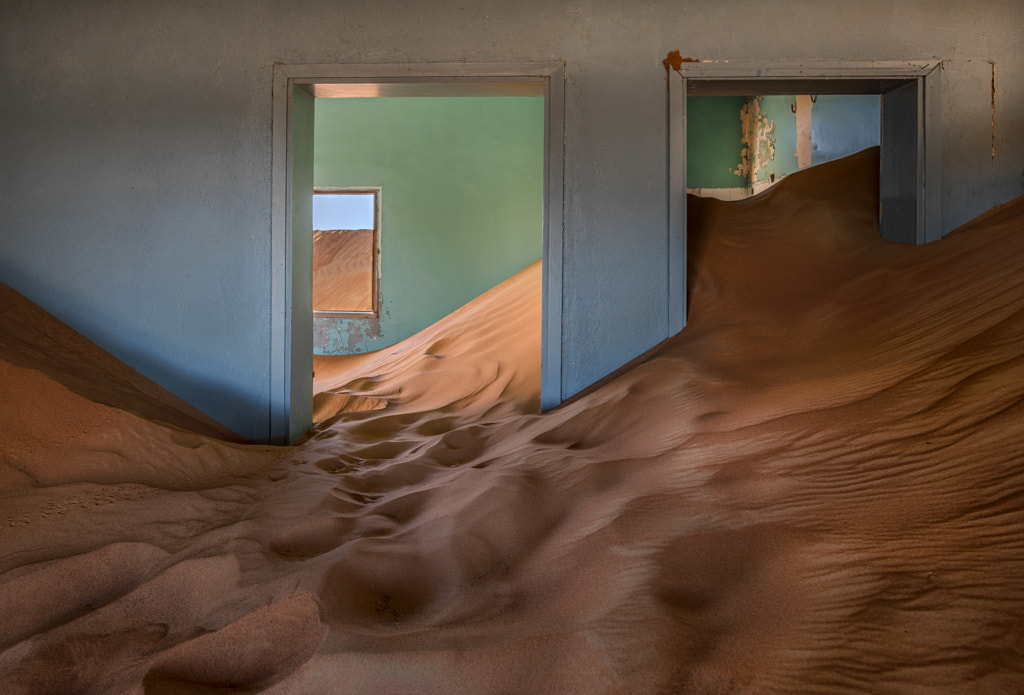
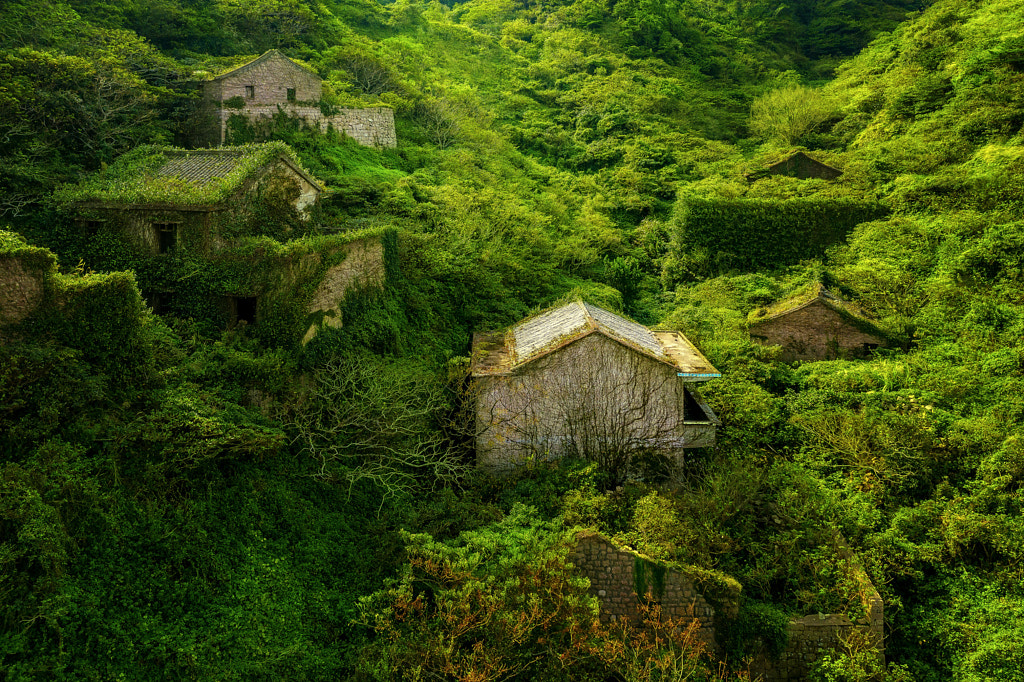
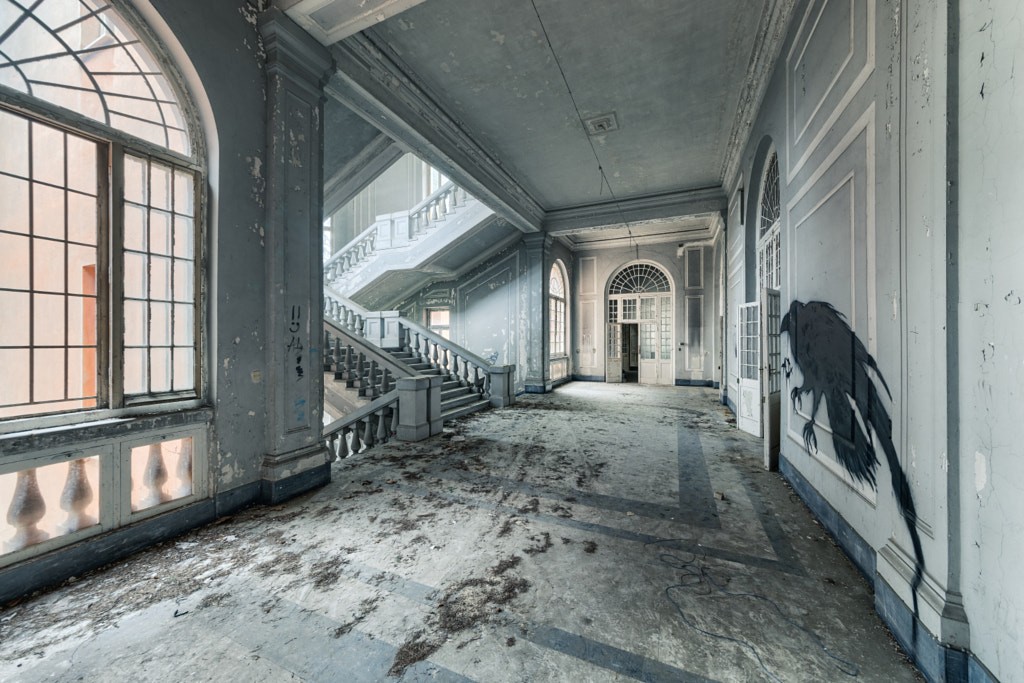



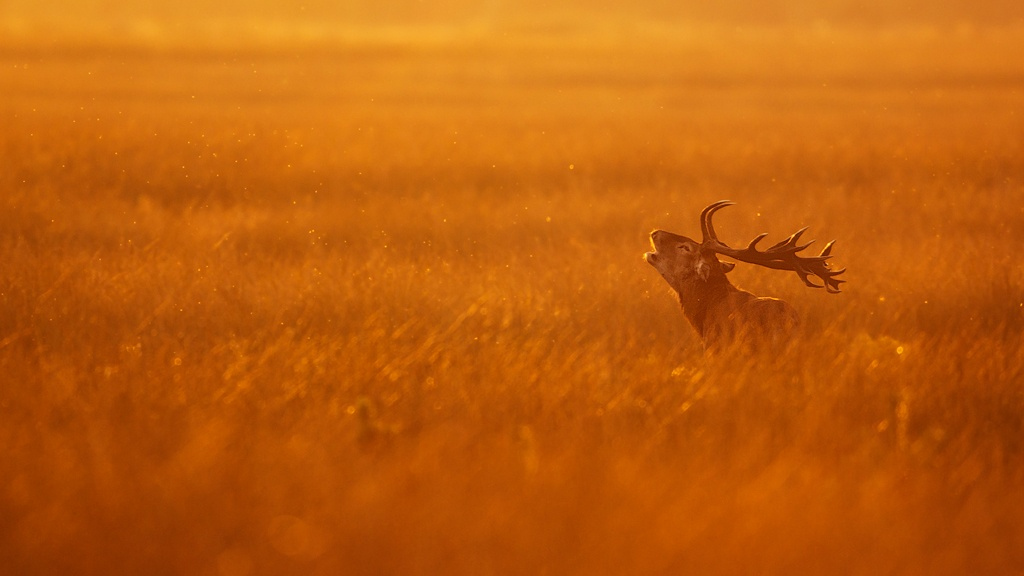
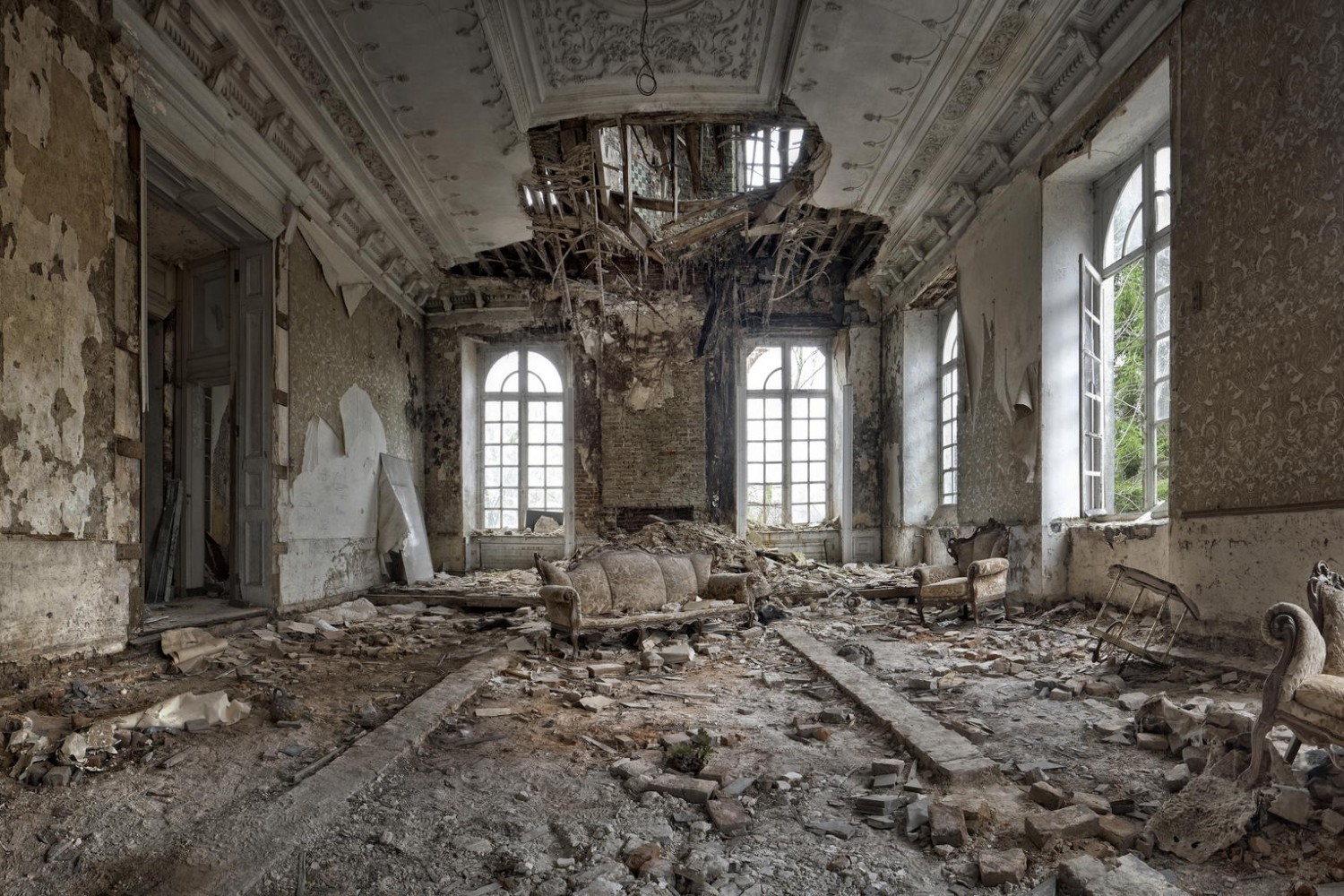
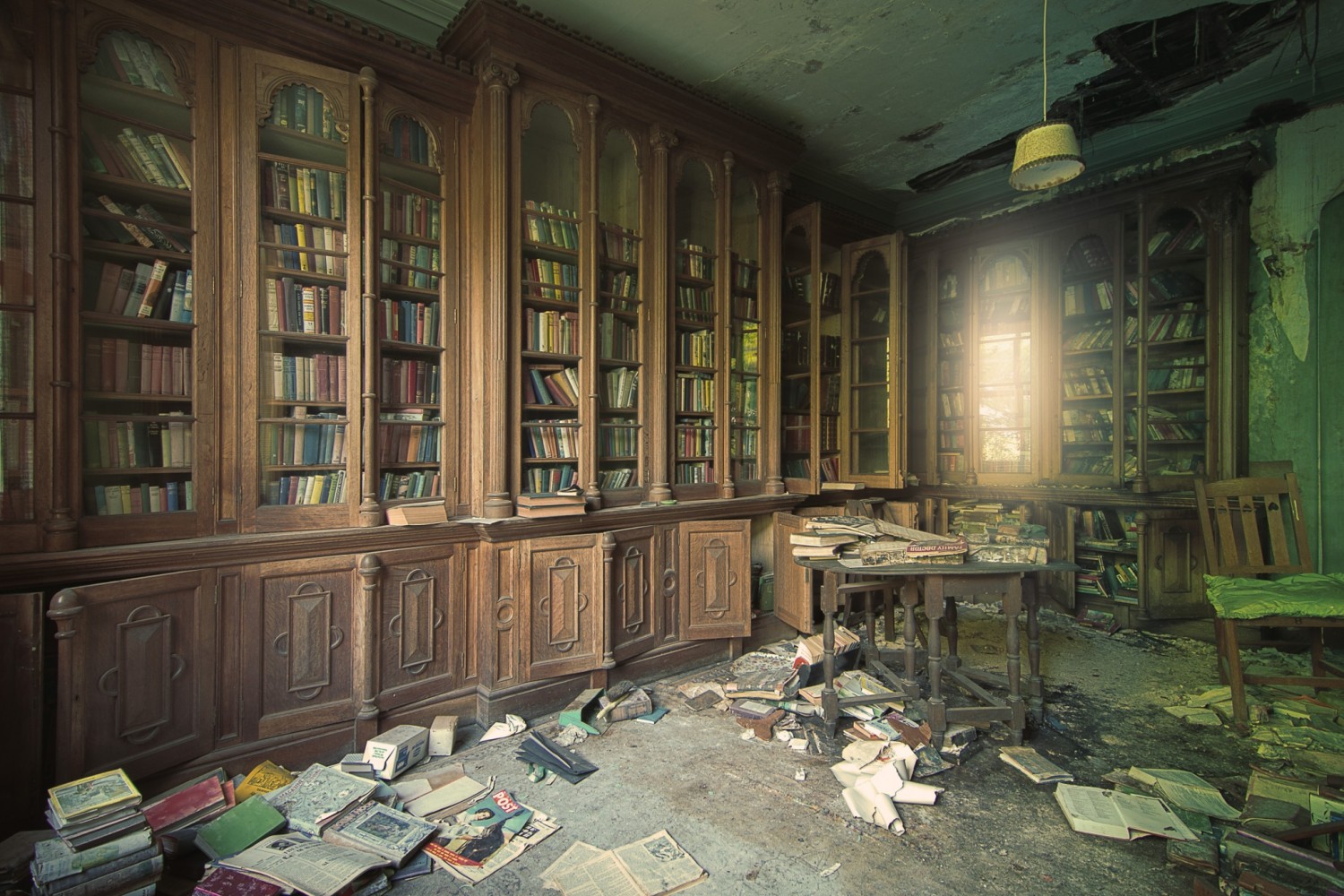
Leave a reply